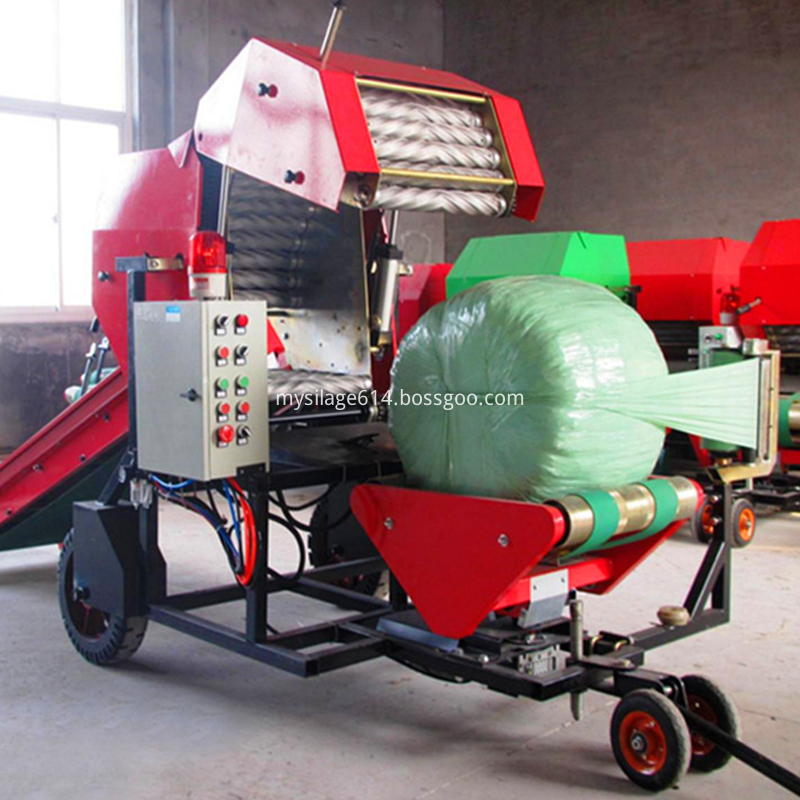For stocking grass and silage, farmers usually use baler machine to make them as round bales.
There're many types bale machines, some big Bale Machine can pack big bales weight about 1ton or more, its packing and delivery all need big machines as it's difficult for human to move.
Big farms with lots of grass usually pack big bales, for small farms, farmers usually pack small bales.
Small bales usually weight 70-90kgs, diemeter about 1m, wrapped with Silage Film 250mm width.
For small farms, small bales are much more suitable for silage stock, and small bale machines are more popular.

Bale Machine
Bale Machine,Silage Bale Machine,Baler For Round Silage Roll,Small Bale Machine For Farm
Zibo Maoyang Industry and Trading Co.,ltd , http://www.mysilage.com